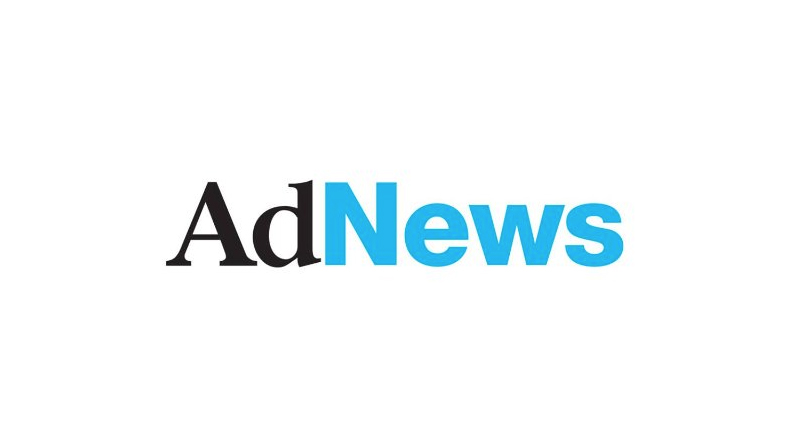
05 Dec Bread rises to the occasion as analog advertising makes a comeback
In an age where consumers are over-saturated with digital advertising, advertising on the humble bread tag has bridged the analog and digital worlds, achieving 15% volume growth and 25% value growth (year-on-year) for leading FMCG brands.
Created by owned media specialist Sonder Communications, Bread Connect allows advertisers to communicate their message on a 7cm x 7cm, double-sided, laminated card attached to the plastic Kwik Lok tag that keeps bread sealed and fresh. The high-impact swing tag offers relevant advertisers multiple touch-points with shoppers – from in-store to the home.
The channel has already proven to have boosted branded recall and strengthened ad breakthrough. Follow-up research revealed 86% of shoppers noticed Bread Connect advertising. Of these, 97% recalled the message. Seventy-six per cent also said the message was relevant to them, 68% increased their brand considerations, and 48% said it increased their purchase intent.
Angus Frazer, co-founder of Sonder Communications, said bread has risen to the occasion, despite changing lifestyle trends and food consumption habits.
“Bread remains a solid staple in the Australian diet with 95% of Australian households purchasing bakery products and 72.3% of Australian grocery buyers buying bread in any given seven-day period,” said Frazer.
“How many other forms of advertising create such an incredible multiplier effect from one ad?”
The appeal of bread across all demographics is supplemented by the strength of the annual grocery market, valued at $102.8 billion in Roy Morgan Research’s most recent State of the Nation Report. Supermarkets account for the lion’s share – $89.8 billion – of this spending.
Bread Connect is continually evolving and recently introduced a partnership with Shazam that allows marketers to include codes on their advertising so users can have an interactive brand experience.
With digital advertising, the audience often has a short attention. AIMIA’s recent Deletist Consumer research revealed that 52% of UK consumers use ad blockers on their mobiles, opening the door to alternate and more effective ways of reaching consumers.
Conversely, the analog swing tag leverages bread’s high exposure rate – research shows the average shopper is exposed to a purchased bread loaf five times in store and then a further six times at home.
“The simplicity and tangibility of the format means it doesn’t reach the point of being annoying, irrelevant or disruptive to customers – so brand managers can rest assured the loyalty and positive sentiment associated with their products remains intact,” explained Frazer.
Bread Connect delivers broad reach by partnering with Tip Top Bakeries – which dominates the bakery category with an owned audience of over 17 million across its ranges, rivalling even the biggest traditional media owners in the country.
The product is geared to FMCG products and, in the last 12 months, Bread Connect has completed campaigns for a number of high-profile brands including: Flora (Unilever), Tassal Salmon, Western Star Butter (Fonterra), Up & Go (Sanitarium), So Good (Sanitarium), Avocados (HIA), IXL (SPC Brands), and Sunraysia (SA Brands).
On a granular level, Bread Connect allows advertisers to target shoppers that align with their own target audiences. Advertising is on offer through a significant range of products – from family white bread to products for intolerances/allergies such as gluten-free bread.
“Bread Connect harnesses the power of the bread tag. For FMCG suppliers, often their most powerful and sizeable owned media asset is their packaging – it just needs to be unlocked appropriately. There are now innovative ways to attach ad units to packaging, which circumvents the long and painful process of changing the actual packaging itself,” said Frazer.
Frazer expects the success to continue, matched by the increasing demand for bread. The latest findings from Roy Morgan Research show the number of Australian grocery buyers purchasing bread in an average week grew by almost half a million to nearly 11 million in the past 12 months. The latest published figures predict the global bread market will grow at a CAGR of more than 3% during the forecast period, 2017-2021.
“Bread Connect harmonises relevancy and scale. Bread has been a family staple for over 30,000 years and now, more than ever before, finds itself host to a whole range of products. The humble bread loaf also has a surprisingly high exposure rate, meaning the swing tag advertisement is seen at the most relevant and critical times – in-store and at-home,” said Frazer.
This article originally appeared on AdNews: http://www.adnews.com.au/news/bread-rises-to-the-occasion-as-analog-advertising-makes-a-comeback#KVAqcO8gbrubuLe5.99


